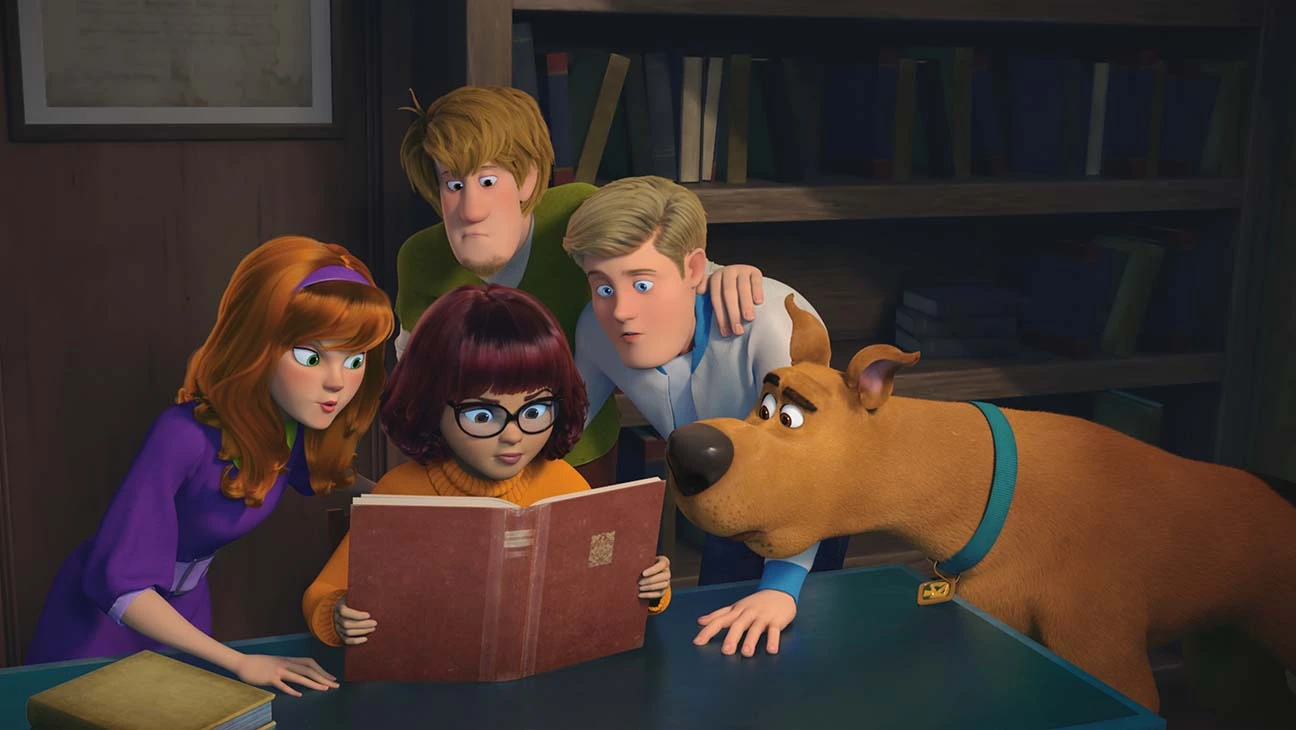How about that mouthful of a videogame title, am I right? Injection π23 ‘No Name, No Number’, or Injection Pi 23 (as I intend to call it for the rest of the review), is a videogame I have been interested in for a while now. Although it’d likely be in my best interest to review a newer, Triple-A videogame, I can’t help myself but be interested in the obscurer offerings available. Available for $14.99 on the PC, Xbox One, and PlayStation 4, Injection Pi 23 is exactly that – obscure.
Developed by Spanish videogame developer Abramelin Games, Injection Pi 23 enticed me with its peculiar, experimental trailer and proclamations it would be the official “return to survival horror” everyone’s been lobbying for. Granted, every other horror videogame and their mother deem themselves a return to form for the genre, that, in truth, I don’t think is that out of form. Like you, I’m no fool. Hyperbole and smalltime developers go hand-in-hand, and, for the price of admission, I only wanted to enjoy myself and see some neat, new ideas and visuals. In spite anything I may say about Injection Pi 23, I don’t regret buying it and I did leave with a level of appreciation.
The graphics and aesthetic are admittedly dated and archaic by today’s standards, resembling something closer to that of an original Xbox disc. That same sentiment trickles down when describing the gameplay and controls as well. This offering appeals to a very niche demographic. Not to oversimplify, but Injection Pi 23 feels a lot like the classic Silent Hill videogames, particularly The Room, which I feel had a certain gritty, messiness to it.
The visual components are a mixed-bag, for certain, and yet are likely the biggest takeaway about it. For instance, I would be remiss if I didn’t compliment some of the creature design and sounds that were implemented. Too often with shoe-string budget videogames, there is a reliance on old-school parlor tricks and flickering lights, but Pi 23 went ahead and made some actual beasts to look at. They aren’t anything mind blowing, but, for a small studio, I admire their ambition and found them effective in how they were incorporated.
On the other hand, do not play this videogame if you’re photosensitive. Unlike Silent Hill, for instance, or a mainstream offering, again, this is a very experimental videogame. The amount of distortion and filters thrown over certain cutscenes may’ve been enough to leave you disoriented, but the amount of strobe lights and seizure inducing visuals in this videogame, even early on, are beyond overkill.
The gameplay feels vaguely familiar and easy to situate yourself with. Likewise, it feels very similar to Silent Hill or other survival horrors you might have played. Segments are broken up into chapters and progression is largely based in puzzle-solving, some of which is straightforward, some is challenging, and some is outright nonsensical.
Early on, you will discover your death results in having to repeat an entire chapter, no checkpoints. I know I was irritated after making an hour’s progress only to have it ripped away from me by an enemy’s harsh flailing. On the bright side, after completing the first chapter, they shorten and you begin to better understand the saving mechanic. Similar to Resident Evil’s ribbon system, in Injection Pi 23, the player must find key items that, when combined, can be used to save at a specific location.
Like I said, the puzzles, at times, can be fun and reasonable, however, in other instances, can feel random and counterintuitive, with moon logic puzzles that’ll leave you befuddled and annoyed. For example, and this is a minor spoiler, in one circumstance, you are blocked off by a damaged streetlamp (or something like that), which is bleeding electricals into a large puddle of water. Basically, you can’t cross or else you’ll be electrocuted. Simple stuff, really. The only way of progression is a circuit box that requires you to punch in a certain pattern. What is the pattern? I’m glad you asked! Basically, after traversing the area over and over again, I happened upon a Spanish flag hanging in the background by a building, turns out, you’re meant to recreate the pattern of that flag and bada-bing, you’re in!
Something neat Injection Pi 23 allows you to do is modify your camera to whichever way suits you. For instance, the videogame can be played in first-person, third-person with a controllable camera, or third-person with a fixed camera (cause, … classic). At first, I liked this a fair amount. I thought of it as a nifty, little novelty and not much else, and assumed the videogame was mostly programmed with a third-person perspective in mind. However, upon inspection, for more than a few instances, you are required to switch to the first-person perspective in-order to solve certain puzzles effectively. Likewise, in general, the first-person perspective elevates the visual quality considerably. An arcade machine will change from looking like vague, blurry pixels to Teenage Mutant Ninja Turtles once you look at it in the first-person.
The storyline is mostly surrealist and abstract. I have no doubt the articles and paper clippings you’ll find along the journey weave together something concreter than my current perception, but it isn’t really coherent or cohesive in a casual playthrough. That, along with the amount of filters and distortions with the cut scenes, means it is likely to approach the videogame from a thematic perspective more than a logical one. That in mind, there is something truly alluring about its oddball quirks and eccentricities, akin, maybe, to a YouTube ARG or something more homemade and, again, experimental.
Unfortunately, in spite my best efforts, I did find myself beaten down by its worst impulses, and couldn’t bring myself to finish it. One of the biggest deal breakers for me came when small enemies would follow me around at random. Sometimes they would, something they wouldn’t. In dark, obscured areas, where I was required to solve puzzles, it became tedious and maddening to be adjusting a light and be wailed on by an enemy that had wandered in from another room, be killed, and then, be forced to restart all of it over again. A younger, less busy me may’ve trudged forward, tooth and nail, and believe me, I wanted to, but it became more trouble than what it was worth.
As you might have expected, Injection π23 ‘No Name, No Number’ is rough around the edges and its ambition (and its titles’ word count) may extend a little beyond its reach. It fell apart at the seams by the end, but I did find something to enjoy in the tapestries. I enjoyed certain design choices and, really, I think there is something to it that may be worth pursuing later on. Currently, the Abramelin is developing a sequel, and I intend to scoop it the moment it is available. Of course, I’m a schmuck, but I think if they can reel back certain things and double-down on what worked, they might have something solid on their hands. I can’t recommend Injection Pi 23 to the casual player, but, if what I’ve said hasn’t deterred you, it isn’t a costly videogame and does offer something to chew on.





